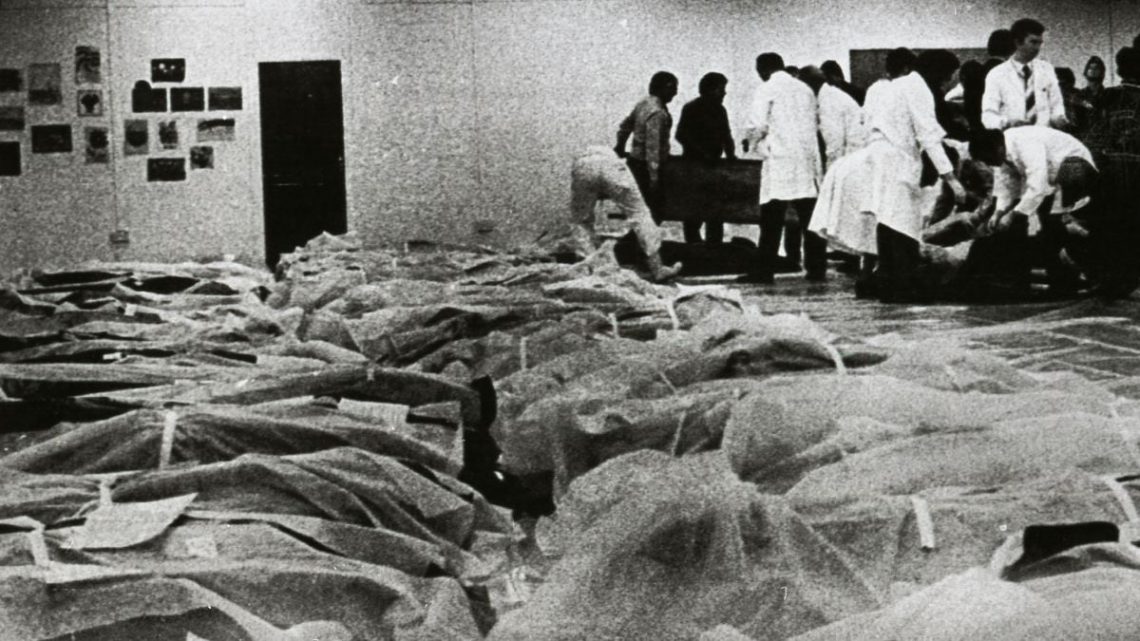The 23rd of June, 2024 observes the anniversary of the Air India Flight 182 bombing, an event that remains one of the deadliest aviation incidents involving terrorism. Sunday marks 39 years since the Kanishka, a Boeing 747-237B, was destroyed by a bomb while en route from Montreal to London, with final destinations in Delhi and Mumbai.
The explosion, which occurred at 31,000 feet over the Atlantic Ocean, killed all 329 passengers and crew members on board. The incident was orchestrated by Sikh separatists seeking revenge for the Indian army’s deadly 1984 assault on the Golden Temple in Punjab.
The Kanishka bombing has resurfaced in discussions between Ottawa and New Delhi due to recent tensions between India and Canada. Last year, Canadian Prime Minister Justin
Trudeau alleged Indian government involvement in the murder of a Sikh separatist leader
in British Columbia, an allegation India has denied. This accusation has revived memories of the Air India bombing and its impact on Indo-Canadian relations.
On Wednesday, the Indian Consulate General in Vancouver stated India’s commitment to countering terrorism, stating, “India stands at the forefront of countering the menace of terrorism and works closely with all nations to tackle this global threat.”
A memorial service is planned to mark the anniversary at the Air India Memorial in Stanley Park, Vancouver.
Indian-origin Canadian MP Chandra Arya also
highlighted the enduring impact of the bombing
, stating in the Canadian Parliament, “Unfortunately, many Canadians are not aware that even today. The ideology responsible for this terrorist attack is still alive among few people in Canada.”
He expressed solidarity with the victims’ families and condemned
recent celebrations of former Prime Minister Indira Gandhi’s assassination
, by Khalistani supporters.
What happened in 1985?
On 23 June, 1985, Air India Flight 182, named “Kanishka,” took off from Montreal’s Mirabel International Airport. The aircraft was bound for London Heathrow Airport before continuing to Delhi and Mumbai.
The passengers included 268 Canadian citizens, 27 British citizens, and 22 Indian nationals and others of undetermined nationality. At approximately 7:14 am GMT, a bomb placed in the cargo hold exploded off the coast of Ireland, near Cork. The wreckage fell into the ocean, and the black box was later recovered from a depth of over 6,700 feet.
In a simultaneous attack, another bomb intended for an Air India flight to Bangkok exploded prematurely at Tokyo’s Narita Airport, killing two Japanese baggage handlers. This bomb was linked to the attack on Flight 182, indicating a coordinated effort.
What did the investigation find?
The investigation into the bombing was spearheaded by the Royal Canadian Mounted Police (RCMP) and the Canadian Security Intelligence Service (CSIS), with assistance from international agencies such as the FBI and Irish police. Early evidence pointed to a deliberate act rather than mechanical failure, leading investigators to suspect a bomb.
The investigation revealed that the bombing was orchestrated by Sikh extremists in Canada, retaliating against the Indian government’s Operation Blue Star in June 1984, which targeted Sikh militants at the Golden Temple in Amritsar. Key suspects included:
Two bombs were placed in checked baggage at Vancouver International Airport, exploiting lax security measures. The luggage was transferred onto connecting flights without the passengers boarding them. One bomb detonated on Flight 182, while the other exploded prematurely in Tokyo.
What happened at the trial?
The prosecution lasted nearly twenty years, making it the most expensive trial in Canadian history, with costs approaching C$130 million. The judicial process was lengthy and complex.
In 2003, Members of Sikh terrorist organisation Babbar Khalsa, Ripudaman Singh Malik and Ajaib Singh Bagri were charged with murder and conspiracy. Their trial began in 2003 and lasted until 2005, ending in acquittal due to lack of evidence and issues with witness credibility. The acquittals led to public outrage and calls for a more thorough inquiry.
In 2006, the Canadian government established a public inquiry led by former Canadian Supreme Court Justice John Major. Concluding in 2010, the Air India Inquiry highlighted several failures:
The final report made 64 recommendations to improve national security, intelligence sharing, and victim support. Then-Canadian Prime Minister Stephen Harper issued a formal apology to the victims’ families.
What was the overall impact?
The bombing led to significant changes in global aviation security, including stricter baggage screening and passenger matching protocols, and the development of advanced explosive detection technology.
The bombing deeply affected the Indian and Sikh communities in Canada. Memorials and commemorations are held annually to honour the victims. The main memorial is in Toronto, with additional memorials in Vancouver, Ottawa, and other locations.
The pursuit of justice remains contentious. Despite some convictions, many believe the full extent of the conspiracy has never been uncovered. Efforts to improve national security and support for victims’ families continue, but the legacy of the bombing remains a sensitive topic.
The Air India Flight 182 bombing remains a tragic and pivotal event in aviation terrorism history. It exposed critical vulnerabilities in security and intelligence operations, leading to significant reforms. The incident also highlighted the importance of international cooperation in combating terrorism and supporting victims.
Also Read:
Why Canada risks joining Pakistan’s dubious ranks by honouring a terrorist
The legacy of the bombing continues to influence policies and practices in aviation security and counter-terrorism efforts worldwide.
With inputs from agencies
Link to article –
39 years since Air India Kanishka bombing: What happened and why are India-Canada divided over it?
